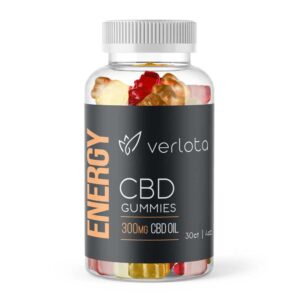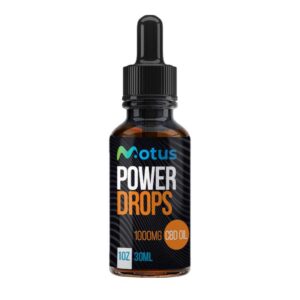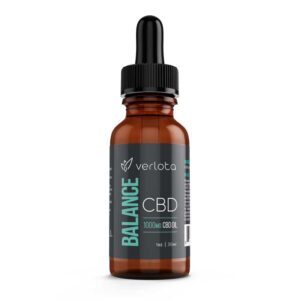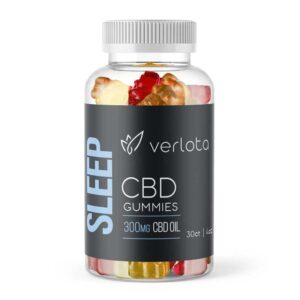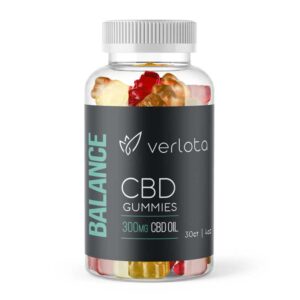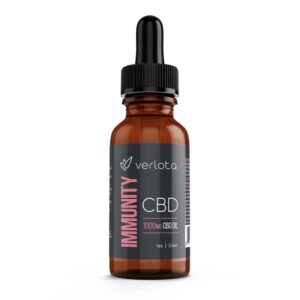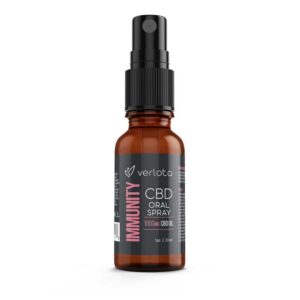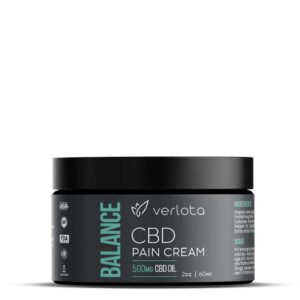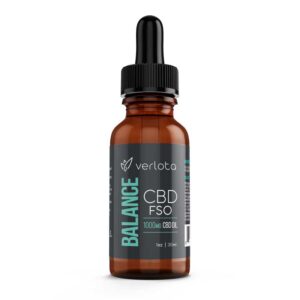Have you ever tried those intriguing – and often mysterious – homeopathic tablets? These small dissolvable tablets are reported to help with everything from sleep deprivation to immunity boosting, chronic osteoarthritis to anxiety and depression. Whether you’re naturally-inclined with your approach to medicine or not, homeopathic remedies have been a part of society for generations. If you have tried some for pain or inflammation, you’ve almost certainly experienced the plant-based healing powers of Arnica Montana. Arnica gels, creams and soothing topicals are probably the most popular kinds of products that contain this herbal remedy. Why topicals? Well, arnica is primarily relied on for relief from inflammatory pain brought on by sports injuries, physical exertion, bumps, scrapes or any kind of bruising.

Arnica has gained a significant following among amateur athletes because it is a safe, natural alternative to relying on pain pills – a subject we’ll touch more on further into the article.
You’ve probably heard of Arnica Montana flower extract before, but a lot of people haven’t used it because there is a scarcity of supporting research for its claims to heal bruises and counteract pain. Like with many naturally-sourced products – especially the herbal/floral variety – there is a massive disconnect between policy makers, regulators and the people who use these kinds of natural remedies. The system is not rigged, per say, but there seems to be a bias against natural medicines like Arnica, Echinacea, Calendula and many other herbal remedies.
If you’re going to trust in the natural properties of the Arnica Montana flower, you’re going to have to expect a lack of supporting evidence. Meanwhile, pharmaceuticals are supported with research, funding and distribution by industry experts. This blog is not taking aim at regulators or healthcare practitioners, but the fact that there is a major imbalance between what is prescribed/supported and what might work for you best needs to be discussed.
If you’re interested in the potential benefits of a natural pain-fighting remedy like Arnica Montana extract, then this article will review some of the notable features of this healing flower and how you can use it to live pain-free – the natural way.
ARNICA MONTANA FLOWERS
Walk through the mountains of Europe and parts of North America and you might see some bright yellow flowers staring up at you with their golden brilliance. These sunflower look-alikes go by many names: Wolf’s Bane, Leopard’s Bane, Mountain Tobacco and, of course, Arnica Montana.
Arnica is from the Asteraceae family of plants – the daisy/sunflower family that is common throughout Europe, Eurasia, and North America. As one of over 32,000 different species in the Asteraceae family, there are 30 subspecies of Arnica found mostly in mountainous climates, even reaching far north into colder environments. Arnica is thought to originate from Europe, most likely central, eastern and northern Europe – Germany, Russia and Scandinavia, respectively.
Of these 30 genus of Arnica flowers, the other most notable species can be found across the higher elevations of Canada, the United States, Northern Europe and Eurasia. Some of these popular varieties include:
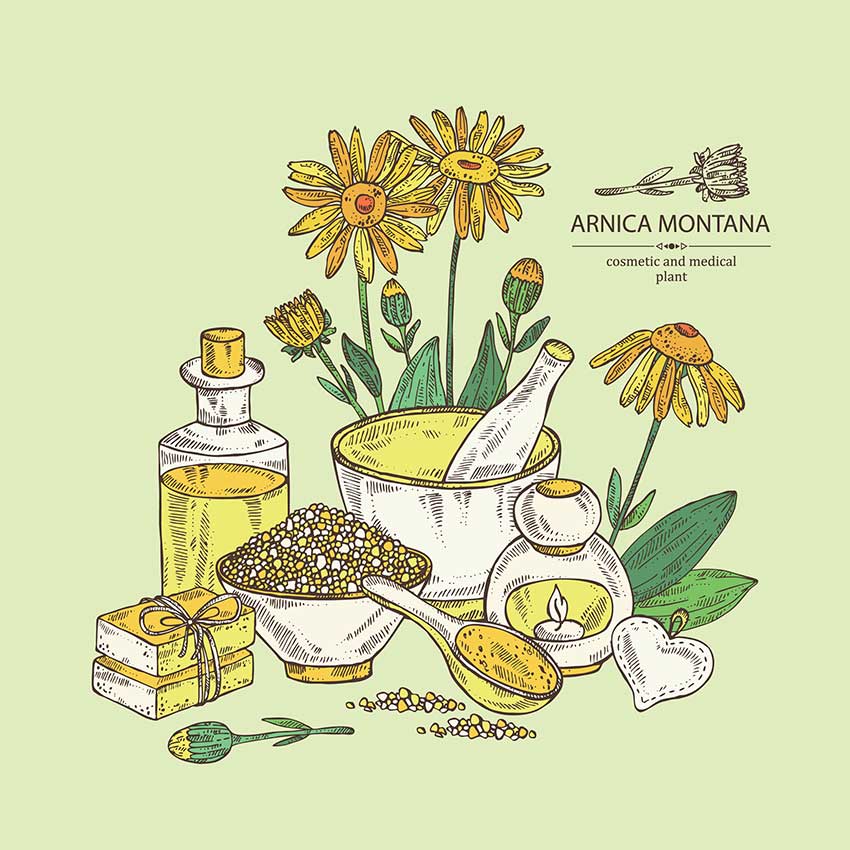
- Leopardbane (Arnica acaulis) – eastern US
- Narrowleaf (Arnica angustifolia) – Canada, USA, Russia, Scandinavia
- Chamisso (Arnica chamissonis) – Western USA, Central-Northern Canada
- Broadleaf (Arnica latifolia) – Western USA, Canada
- Longleaf (Arnica lonchophylla) – Canada, Northern USA
- Arnica mallotopus – Japan
- Arnica porsildiorum – Northern USA, Canada, Russia (Kamchatka, Yukon, Northwest Territories, Alaska)
- Arnica sachalinensis – Japan, China, Russia
- Shasta Flower (Arnica viscosa) – Western USA (California, Oregon)
One of Arnica’s most notable features – apart from its golden or bright yellow flowering petals – is that it grows quite well in nutrient-deficient soil. Rocky, silty or inert soils like you might find on certain high-elevation climates is typically quite devoid of much plant life, but this is where most Arnica subspecies call home.
Similar to Lavender which can be found in wide swathes of colorful flowers on craggy slopes and cold, dry environments, Arnica Montana is a common sight among mountain-faring cultures. Many Scandinavian, Germanic and Northerly peoples have used Arnica flowers for generations, whether it was used to fight infections, lower swelling or applied as an ointment for the elderly. Most medicines were plant-based during these ancient times, so it’s no surprise that Arnica was relied upon for everything from bruising (hematomas), to joint pain, ankle sprains, arthritis and all sorts of inflammatory ailments.
Arnica extracts were traditionally prepared by grinding up the flowers into a paste and applying them topically, but some traditional medicine practices included teas and edible forms of Arnica Montana.
Arnica is often confused for other similar looking herbaceous plants like daisies, but it’s what’s on the inside of the Arnica Montana flower that sets it apart from its fellow yellow-petal, botanical brethren – both in terms of its good qualities and its bad ones.

ARNICA BENEFITS & USES
Not to be pessimistic, but let’s start with the bad and get it out of the way. Arnica flowers are known to contain a controversial plant compound – the sesquiterpene lactone more simply called “Helenalin”. Helenalin is a phytochemical that can have dangerous toxicity in humans and some animals if it is consumed in large amounts. Helenalin is also thought to be one of the active compounds responsible for many of the positive healing effects that make Arnica highly sought-after, but it cannot be ingested in large volumes.
So, if you’re eating handfuls of Arnica Montana flowers to get the benefits of pain-relief or anti-inflammation, you’re going about it the wrong way. The leading studies of Helenalin’s toxicity had more to do with livestock eating risky amounts of Arnica and falling ill, so the suggestion that Arnica is potentially poisonous should be taken with a grain of salt – or in this case, a grain of Arnica.
That being said, if you’re curious about trying products with Arnica extracts in them, there are many reasons to try this healing herbaceous plant out for yourself. Arnica has demonstrated that it can:
Reduce inflammation
Arnica topicals are most commonly used by athletes and for swollen joints or to reduce the symptoms of arthritis. Helenalin, the most prominent phytocompound in Arnica, acts as the primary agent for the anti-inflammatory effects of Arnica. Muscle swelling and inflamed joints can be easily soothed with Arnica flower oil, Arnica gel or a topical spray. These kinds of topical products provide more targeted relief, so they’re definitely recommended over consumable tablets or capsules.
If you’re taking Arnica preemptively to reduce pain & inflammation, or before you workout or play sports, Arnica tablets can certainly cut down on the amount of discomfort you experience. Nonetheless, Arnica Montana extracts are most often used in topical formulations.
Ease pain and support a speedy recovery
Arnica is very popular as a post-surgery treatment as it can ease a person’s pain, lower swelling and even reduce the effects of bruising. Arnica is generally accepted as having prominent pain-fighting effects, making it well-suited for anyone who leads an active lifestyle.
Many athletes of contact sports, runners, cyclists, martial artists and extreme sports enthusiasts have endorsed Arnica gels, creams and lotions. Post-surgery applications are also common uses for Arnica flower extracts as its phytocompounds work to counteract soreness, swelling and bruising. How does Arnica accomplish this? Helenalin stimulates white blood cells which actively break down the build up of blood and fluids in the injured area. Arnica also promotes healthy circulation in the areas it is applied to. By increasing blood flow, Arnica can help your muscles, joints and connective tissues to heal by introducing more oxygen to damaged cells and supporting your body’s natural healing processes.

Arnica works so quickly because of the nature of its inherent sesquiterpene lactones. Helenalin, the primary lactone in Arnica flowers, inhibits the growth of an inflammatory compound called NF-KB (Nuclear Factor Kappa Beta). This compound is generated by your body’s autoimmune response system whenever tissue becomes damaged or infections occur. Once absorbed into your system, Arnica quickly suppresses NF-KB and ‘deactivates’ it leading to drastically reduced inflammation and diminished soreness.
Be a safe, natural alternative to painkillers
One of the primary reasons that Arnica flowers are so widely used for pain & inflammation has more to do with their biggest competitor: pain pills. Painkillers like tylenol, advil, and other more serious, addictive substances like opioids have garnered a lot of attention in recent years – both good and bad.
Arnica has often been recommended to people who suffer from chronic pain & inflammation from conditions like arthritis or sports-related injuries. Arnica is typically odorless and neutral on your skin; delivered to your body through a gel or natural cream. Because it can work very quickly on lowering the inflammation when applied to a certain area, Arnica is becoming very popular among athletes when they need pain relief. Relying on pain pills is not only potentially addictive, but there are questions about the long-term effects on a person’s health.
Arnica is certainly worth trying on its own, but if you’d like to see the benefits for yourself, try Verlota’s powerful BALANCE CBD Pain Cream & BALANCE CBD Pain Roll-on. These all-natural topical products contain the combined healing powers of hemp-derived Cannabidiol with the fast-acting, soothing relief from Arnica Montana extracts.

FAQ’s
What is Arnica Montana used for?
Arnica is one of the most popular homeopathic remedies used today for many ailments, including muscle pain, joint inflammation, bruising and any trauma to muscles or bones.
Is Arnica & Arnica Montana the same thing?
Arnica homeopathic remedies like tablets, creams and gels are indeed from the Arnica Montana flower. Also referred to as Leopard’s Bane, Wolf’s Bane, or Mountain Arnica, this relative of the sunflower is quite noticeable in nature from its bright-yellow petals.
Is Arnica Montana effective?
Arnica can certainly be an effective pain-reliever and anti-inflammatory when applied topically, but research has produced mixed results when it comes to oral ingestion. Some claim that Arnica is not safe for ingestion, while many people have relied on homeopathic tablets containing Arnica for decades. If you are considering trying Arnica for your pain, inflammation or bruising, be sure to dose low and start slow, and always consult with your healthcare practitioner before introducing a new remedy/supplement into your routine.
Can Arnica Montana be used for open wounds?
Topical remedies that contain Arnica Montana flower extract should not be applied to open wounds, but they may benefit your muscle/joint recovery if applied to the surrounding area. To be safe, do not put Arnica flower cream/gel directly on an open wound, but massaging it into the tissues around the wound is acceptable.
Is Arnica an anti-inflammatory?
Arnica flower extract is often included in anti-inflammatory products, including topical gels, creams and salves for sore muscles or stiff joints. Arnica extracts provide fast, effective relief from pain & inflammation, likely due to two of the chemical compounds produced by the Arnica Montana flower – helenalin and dihydrohelenalin.
Can you overdose on Arnica?
Arnica Montana flowers and Arnica extracts are best taken in small doses over-time or as needed. Taking Arnica extracts supplementally is not inherently dangerous, however taking too much of it can lead to digestive issues, skin irritation, diarrhea, vomiting and cardiovascular issues. To be safe, apply small doses topically to sore/inflamed areas and see how your body reacts to Arnica flowers before ingesting it.
How quickly does Arnica work?
Depending on your tolerance to Arnica Montana flower extracts, adults typically feel pain-relief or the anti-inflammatory effects of Arnica within 30 minutes to an hour. The duration of the relief will vary, but it is safe to apply Arnica flower extract topicals every 2-4 hours or ingest tablets every 2-6 hours depending on the urgency of your need.
How many Arnica capsules should you take?
Adults and children over the age of 6 years old typically take 2 tablets under the tongue or 1-2 capsules of arnica once every 2-6 hours. Everyone’s tolerance to Arnica flower extracts will vary, so always dose low and start slow.

